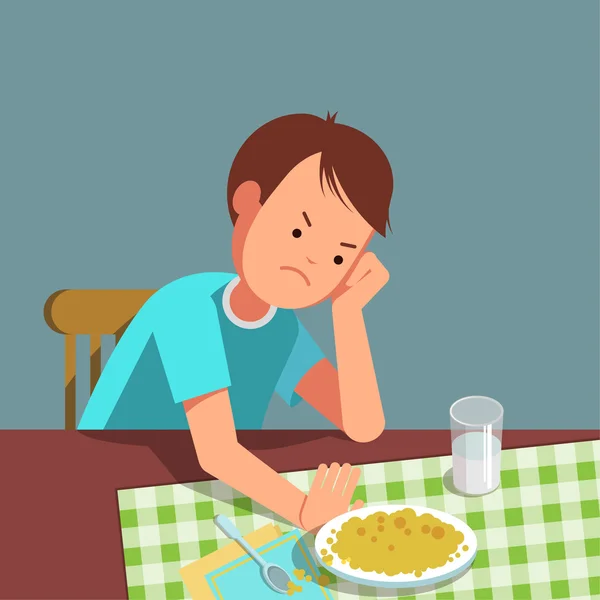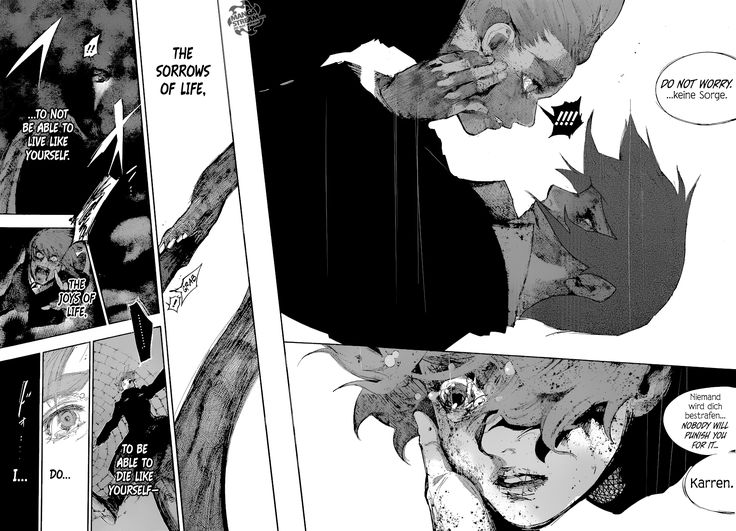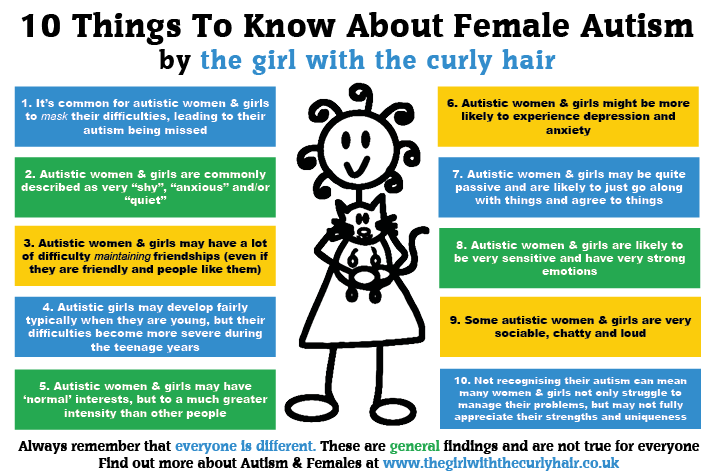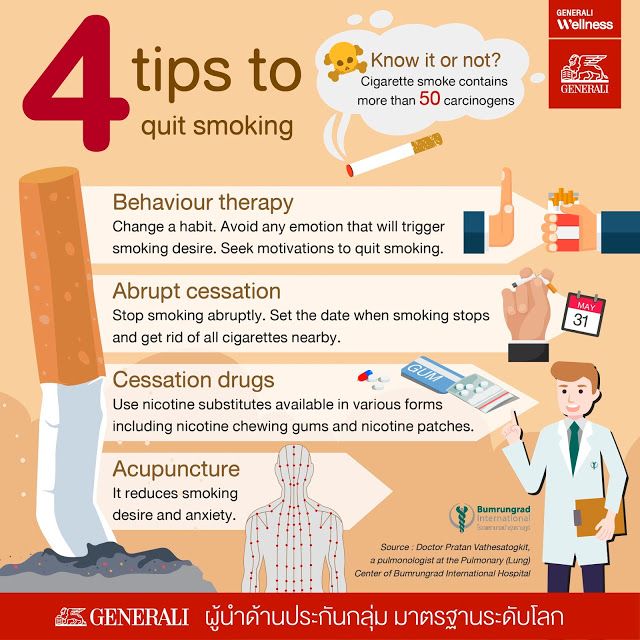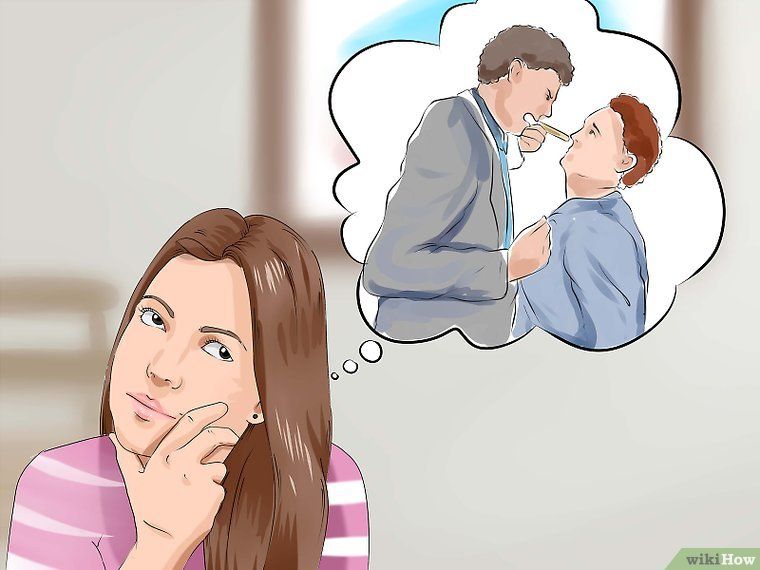Can anxiety make you feel cold and shivery
How Your Anxiety Might Be Affecting You Physically
As we’ve expanded our knowledge on the human body over the years, one conclusion we’ve reached is that the mind and body have a complex connection, but a connection nonetheless. When it comes to our mental health, the symptoms that we feel certainly affect our mood, behavior, and emotional processing. But what about the times that we feel a negative impact on our bodies?
When we consider conditions such as anxiety, a lot of us can probably think of how our nerves or worries make us physically feel. Maybe you feel sick to your stomach. Maybe you sweat or feel your heart rate increase. A lot of us have and will experience feelings of anxiety from time to time that affect us mentally and physically. For many others who struggle with an anxiety disorder, the vast effects it can have on the mind and the body can result in distress and challenges in daily life. Regardless of the extent to which you experience anxiety in your life, it is important to understand not only the symptoms we experience mentally, but the physical ones as well.
What Are the Physical Symptoms of Anxiety?
Anxiety isn’t just in your head...you might actually feel it physically.
When it comes to anxiety, there are some hallmark symptoms that come to mind: restlessness, irritability, excessive worry, racing thoughts, inability to concentrate. These symptoms certainly cause a lot of distress, but are mostly localized to the mind and our overall disposition. It is crucial to have an awareness that these symptoms help to define anxiety and related disorders, however it is just as important to gain an understanding of how anxiety can have an impact on you physically. So what are the physical symptoms of anxiety? Though this is not an exhaustive list, here are some common physical symptoms of anxiety:
- Gastrointestinal (GI) Symptoms. You can experience a variety of sensations within your GI system including nausea, stomach pain, problems with digestion, difficulty eating, and even excessive gas.

- Sleep Issues. Insomnia is a common symptom of anxiety. Other difficulties with sleeping include waking up frequently throughout the night or having problems staying asleep.
- Various Forms of Pain. Headaches tend to be a common physical symptom of anxiety. But there can also be more general effects in the musculature such as muscle tension and pain
- Skin Issues. Think of the relationship between your skin and emotions in terms of blushing when you are around a love interest or when you receive a nice compliment. In the same way, anxiety can affect your skin. It turns out you can actually get strange rashes, eczema, or other flare-ups as a result of your anxiety.
- Effects on the Autonomic Nervous System. Quite a bit of physical symptoms actually fall under this category. The ANS controls a lot of the more automatic processes that happen in our bodies. Anxiety can cause you to: breathe shorter and more rapidly, have a pounding or increased heart rate, tremble or shake, sweat excessively, and yawn more often.

When your body feels threatened or under a great deal of stress, it undergoes something called the “fight or flight response.” This is a natural reaction that has been preserved over the course of evolution and dates back to when our ancestors were under physical threat by predators in the wild. It results in a number of physical responses in the body that include advantageous things like dilated pupils and directing our circulation away from processes like digestion and toward our muscles and other components of the body that are more helpful for immediate survival. Believe it or not though, our feelings of anxiety can actually trigger this response within our body, creating a number of unwanted symptoms (some of which are mentioned in the list above). These physical symptoms, among others, can be challenging to deal with in one’s daily life.
The physical symptoms that can be caused by anxiety are equally as troubling as the mental symptoms for a lot of people. Feeling like you are struggling to breathe and feeling like your heart is racing are two common physical effects that your anxiety could have on your body.
Can Anxiety Make You Cold?
Cold sensations and chills are actually a common physical symptom of anxiety
Yet another interesting physical effect of anxiety is its ability to alter how our body temperature feels. Feeling chilled or having cold sensations is an especially confusing physical symptom that can result from anxiety, and it thus deserves some special attention in order to understand how something as simple as feeling cold can actually be a consequence of your mood and emotions.
Interestingly enough there are even multiple different reasons that your anxiety could be making you feel cold. Here are some of the ways we know that cold sensations and anxiety are associated:
- It’s related to sweating. Though it sounds kind of paradoxical, the sweating symptom that can occur with anxiety might actually be what’s making you cold. As we mentioned before, anxiety is kind of like a fight or flight response, but it’s often a poor one.
 When your body naturally heats up as a result and probably produces some sweat, coming across cold air can make you feel pretty cold. So anxiety can essentially cause hot and cold sensations, but when the process of heating up is less noticeable, it’s the feelings of cold that we tend to focus on.
When your body naturally heats up as a result and probably produces some sweat, coming across cold air can make you feel pretty cold. So anxiety can essentially cause hot and cold sensations, but when the process of heating up is less noticeable, it’s the feelings of cold that we tend to focus on. - There’s poor circulation in your extremities. When your hands and feet are cold, it can feel like your entire body is cold. Essentially, anxiety can cause us to hyperventilate and consequently our blood flows less efficiently. Blood flow is also directed toward our larger organs that are more crucial to survival, and thus our extremities are left with sensations of being cold.
- It could be fear causing your chills. This is especially relevant to people who struggle with panic disorder and experience panic attacks or fear of having them. It is a complicated reaction that isn’t entirely understood, but something about the rush of adrenaline that accompanies a sudden fight or flight response can cause a chill or shiver down your spine.

- You might be more sensitive to feeling cold. People who struggle with anxiety are often more sensitive than the average person to bodily sensations. Whereas some people might ignore particular physical sensations, anxious individuals may be hyper focused on them. Feeling slightly cold in general can spike your anxiety in terms of wondering if something is wrong, and thus it becomes a cycle.
I Have My Ways Of Dealing With My Psychological Symptoms, So How Can I Treat the Physical Ones?
How to manage the physical effects that anxiety has on your body.
As we’ve mentioned previously, the physical effects that anxiety can have on the body are often just as challenging to deal with as the effect it has mentally.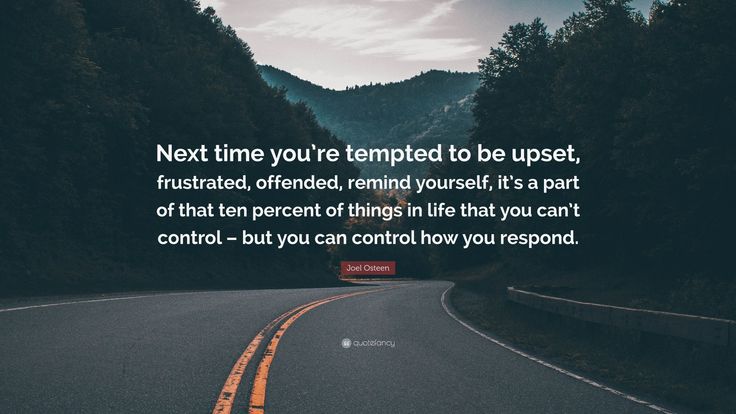 Thankfully, there are still plenty of self-care related adjustments you can make in your life in order to cope with the physical symptoms of anxiety. Here are just a few suggestions in terms of managing your symptoms:
Thankfully, there are still plenty of self-care related adjustments you can make in your life in order to cope with the physical symptoms of anxiety. Here are just a few suggestions in terms of managing your symptoms:
- Maintaining a healthy diet. Try limiting your sugar and carb intake as much as you can and opt for healthier choices that will provide your body with more energy like high fiber and unsaturated fats. You’ll also want to avoid substances that could actually make your anxiety worse, such as alcohol, caffeine, and nicotine.
- Being physically active. Frequent exercise not only helps release chemicals that can boost your mood and allow you to feel happier, but it’s also great for your physical health. While reducing your stress in general and also strengthening your body physically, exercising is a great coping strategy to reduce a variety of symptoms. It can also help improve your sleep!
- Utilizing relaxation techniques.
 Yoga and meditation are just two examples of relaxation strategies that you can try. Breathing exercises are great for calming down, and can actually relax the body physically such as by slowing heart rate. Relaxation and mindfulness techniques are a great way to relieve stress and physical tension in the body, and also distract and ground oneself mentally.
Yoga and meditation are just two examples of relaxation strategies that you can try. Breathing exercises are great for calming down, and can actually relax the body physically such as by slowing heart rate. Relaxation and mindfulness techniques are a great way to relieve stress and physical tension in the body, and also distract and ground oneself mentally.
The extensive impact that anxiety can have on the body both mentally and physically can be troubling and intimidating to deal with. Symptoms like headaches or feeling cold can be associated with your anxiety, even though you might want to attribute them to other reasons. The good news is, having an awareness of the physical symptoms anxiety can cause is one step in the right direction in terms of reducing your symptoms. More importantly, having an idea of how you can encompass a variety of symptoms in your self-care or treatment plan will ultimately help you reduce the stress and challenges you experience in your daily life.
More importantly, having an idea of how you can encompass a variety of symptoms in your self-care or treatment plan will ultimately help you reduce the stress and challenges you experience in your daily life.
Causes and How To Cope
When we’re anxious, our bodies go into fight, flight, or freeze response to regulate our temperature, which may result in chills.
Chills affect us all at different points in our lives. Often, this is our body’s response to being cold. But you might not know that chills can also be a symptom of anxiety. Physiological reactions to anxiety can cause your blood to flow less efficiently and, therefore, leave you with chills.
If you have chills from anxiety, you can begin to feel shaky and start to shiver. Because of these symptoms, you may think you have no control over your body when anxious.
If you experience chills as a symptom of anxiety, you’re not alone. There are strategies to help you manage this symptom.
Yes, anxiety produces various physiological symptoms, including chills.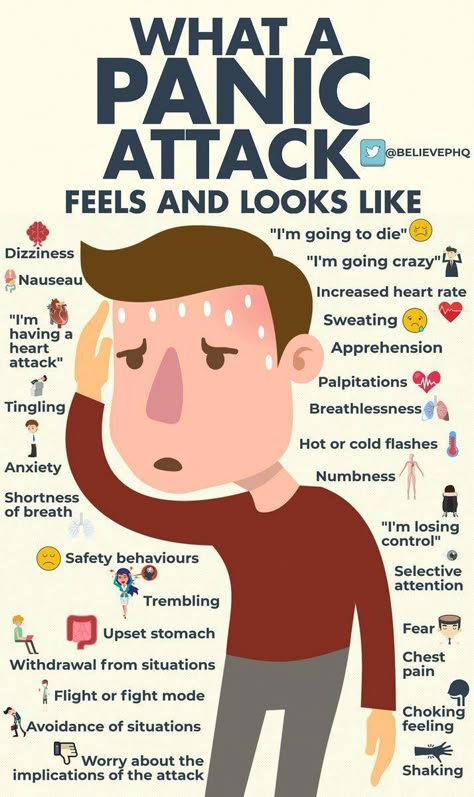 Still, chills occur only during specific forms of anxiety, not all of them.
Still, chills occur only during specific forms of anxiety, not all of them.
If you have anxiety chills, you may experience:
- shivering
- shaking
- cold flashes
- sweating
How does this happen? When you’re anxious, your body’s regulation of temperature might promote and prevent heat loss simultaneously — the sensation results in chills or sweating, according to one review.
The body can often heat up during many types of anxiety but may feel chilly only during panic or specific phobias.
Anxiety chills might occur during specific types of anxiety, such as flying phobia and panic attack symptoms, but not other forms of anxiety.
Your brain also jumps into the fight, flight, or freeze response to protect you. For example, if you suddenly become drenched in sweat and then shiver when you’re anxious, your brain is trying to regulate what is happening within your body.
“It’s possible that anxiety chills could be misinterpreted sensations occurring along with physical fight or flight sensations of anxiety (e.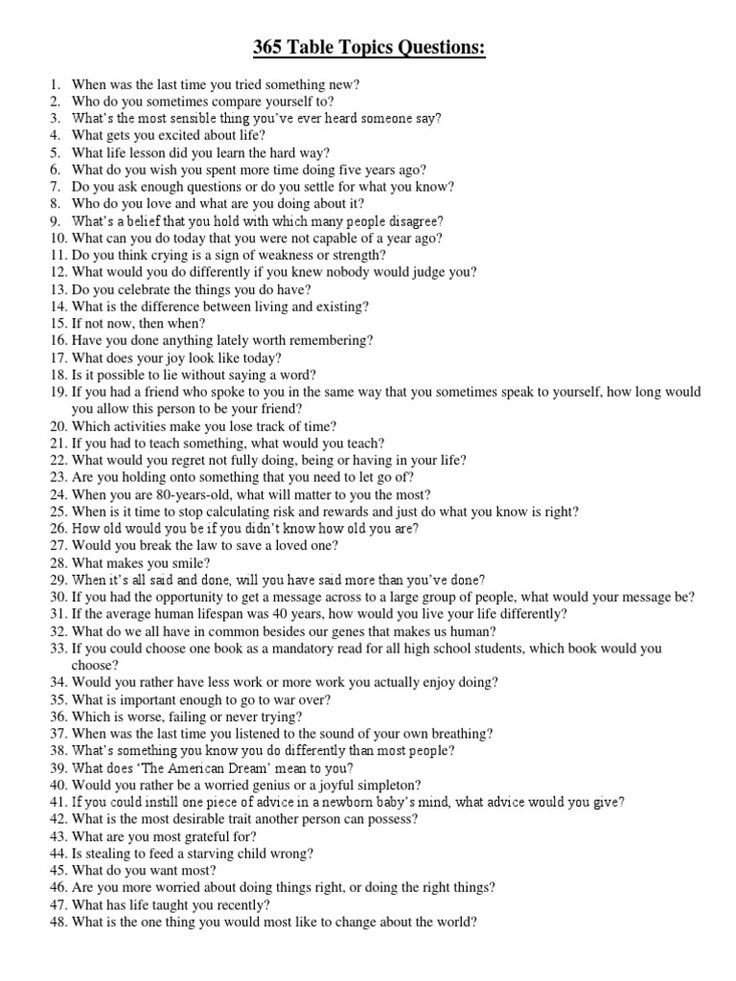 g., feeling keyed up, hyperarousal, etc), in which physical tension and feeling ‘shaky’ leads one to think they are experiencing chills,” says Matthew Boland, PhD, a clinical psychologist in Reno, Nevada, and a member of Psych Central’s Medical Affairs Team.
g., feeling keyed up, hyperarousal, etc), in which physical tension and feeling ‘shaky’ leads one to think they are experiencing chills,” says Matthew Boland, PhD, a clinical psychologist in Reno, Nevada, and a member of Psych Central’s Medical Affairs Team.
“This is consistent with the idea that those who experience anxiety often have difficulty accurately interpreting physical sensations in the body,” adds Boland.
Physical symptoms associated with anxiety are often missed in primary care settings or misdiagnosed as other conditions. In some cases, anxiety occurs with other medical conditions, making it difficult to distinguish between a mental health condition or a physical one.
Some common physical symptoms of anxiety are:
- indigestion
- sweating
- keyed up and on edge
- abdominal pain
- fatigue
- dizziness
- insomnia
- headaches
- chest pain
- hyperarousal
According to the chart below, panic attacks, anxiety, and COVID-19 share some symptoms.
Anxiety symptoms
- insomnia
- indigestion
- sweating
- abdominal pain
- dizziness
- racing heart
Both
- headache
- chest pain
- nausea
- vomiting
- fatigue
COVID-19 symptoms
- fever
- cough
- loss of taste or smell
- sore throat
- congestion
- runny Nose
- diarrhea
Managing the physical symptoms of anxiety could lead you to a healthier life. Several strategies have been effective in relieving anxiety.
Pharmological treatment for anxiety
Several types of medications have helped treat anxiety. Typical medications used in anxiety treatment include:
- benzodiazepines
- anxiolytics (e.g., buspirone)
- tricyclic antidepressants
- MAO inhibitors (MAOI)
- selective serotonin reuptake inhibitors (SSRI)
If you’re considering medication for the treatment of anxiety, consider talking with a doctor about your symptoms. Also, it’s important to remember that medication isn’t suitable for everyone. You may respond to medication differently than another person.
Also, it’s important to remember that medication isn’t suitable for everyone. You may respond to medication differently than another person.
Therapy
Therapy is another option in the treatment of anxiety. Therapy for anxiety may include:
- cogntive behavioral therapy (CBT)
- exposure therapy
- psychodynamic psychotherapy
Though this list isn’t extensive, these therapy methods are evidence-based treatments for anxiety disorders.
Using coping skills at home
You can use several strategies at home to help reduce anxiety. When you are experiencing physical symptoms of anxiety, it can be noticeable to others and you may feel embarrassed.
Some helpful strategies for managing physical symptoms of anxiety:
- deep breathing exercises
- practicing progressive muscle relaxation
- using imagery techniques
- practicing yoga
- seeking out positive supports
- mindfulness meditation
Medication, therapy, and using coping skills, alone or in combination, can help you find relief from the effects of anxiety.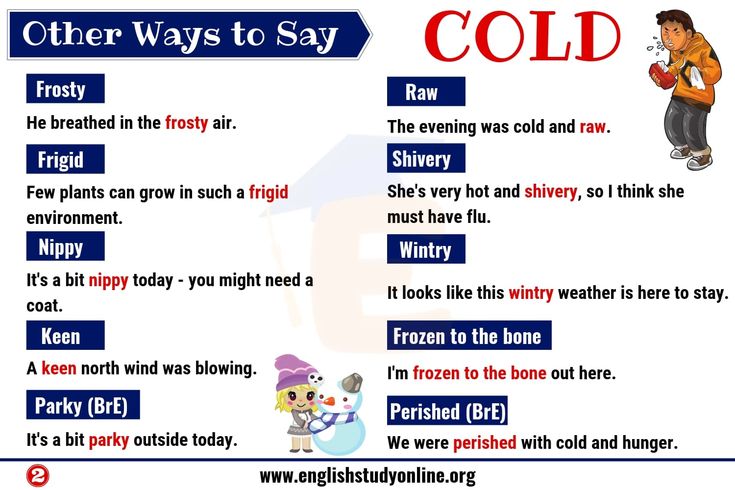 Learning and applying coping skills gets easier the more that you practice them.
Learning and applying coping skills gets easier the more that you practice them.
If you are overwhelmed by anxiety or panic attacks that cause physical symptoms, you’re not alone. Speaking with a therapist can help. You can find a therapist here.
Consider checking out your local NAMI chapter to find resources near you.
For more information on anxiety and its physical symptoms:
- National Alliance for Mental Illness
- Anxiety & Depression Association of America
- The Tribe Wellness Community
The Psych Central anxiety hub can help you manage your symptoms. You don’t have to go through anxiety alone.
Anxiety disorder? 10 Signs of an Anxiety Disorder - HEALTH - Blog & News
The American Psychological Association defines anxiety as "an emotion characterized by feelings of tension, anxious thoughts, or physical changes such as high blood pressure." It is important to know the difference between normal feelings of anxiety and an anxiety disorder that requires medical attention.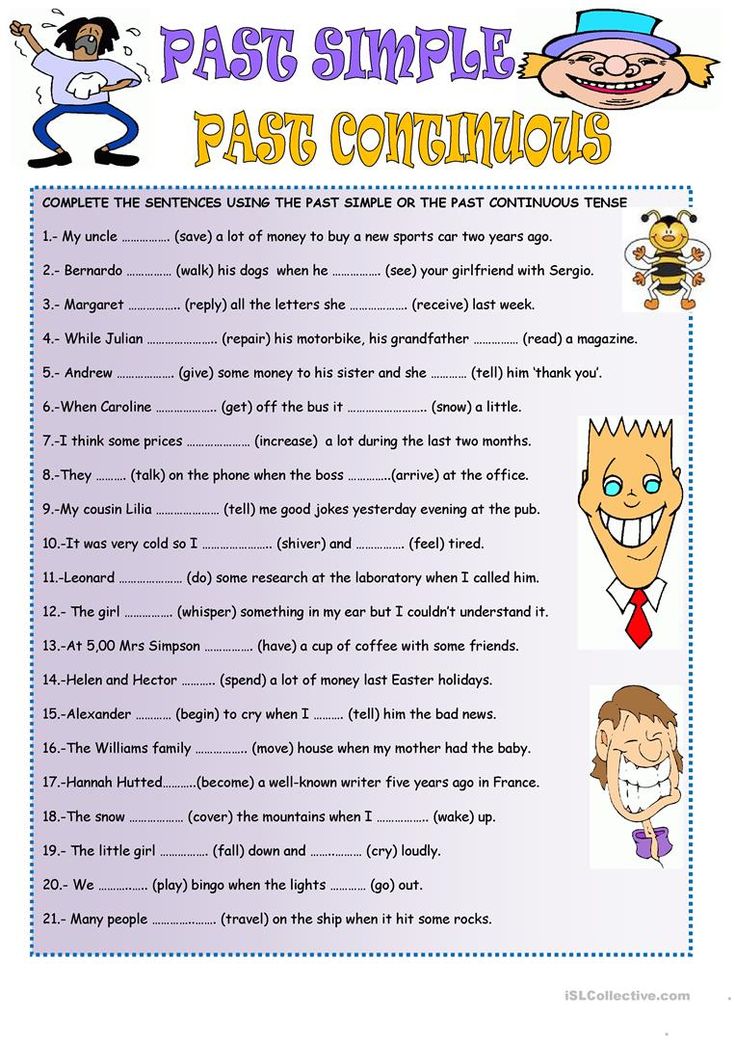 Is this a problem? It all depends on the amount and nature of anxiety.
Is this a problem? It all depends on the amount and nature of anxiety.
It is difficult to determine whether a person suffers from an anxiety disorder or not because there are many symptoms that do not appear in every case.
But if your anxiety is high, lasts longer than six months, and you have any of the following symptoms on a regular basis, it can lead to an anxiety disorder.
Excessive Worry
The hallmark of an anxiety disorder is excessive worry about everyday things, big and small. But what does "too big" mean? In the case of an anxiety disorder, this means a constant anxiety of thoughts on most days of the week for six months. “The difference between an anxiety disorder and normal anxiety is that your emotions cause a lot of distress and dysfunction,” says Sally Winston, co-director of the Maryland Anxiety and Stress Institute in Towson.
Muscle tension
Although anxiety is a mental condition, it has many physical symptoms.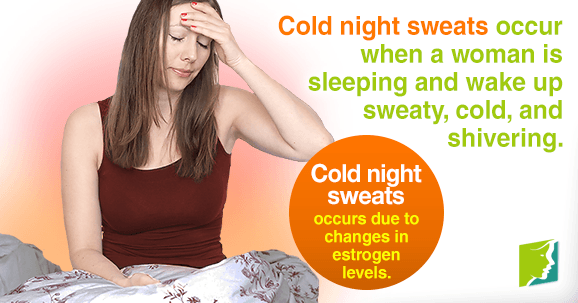 Anxiety disorders often affect muscle tension. This symptom can be so persistent and widespread that people who have lived with it for a long time may stop noticing it after a while.
Anxiety disorders often affect muscle tension. This symptom can be so persistent and widespread that people who have lived with it for a long time may stop noticing it after a while.
Panic
A panic attack has terrible physical symptoms: breathing problems, heart problems, tingling or numbness of the hands, sweating, weakness, dizziness, chest pain, stomach pain, and feeling hot or cold. People with panic disorder live in fear of when and where the next attack might occur, and they tend to avoid places where it has happened in the past. Not everyone who has a panic attack can also have an anxiety disorder at the same time, but people who experience them repeatedly can be diagnosed with panic disorder.
Sleep problems
Each of us needs a healthy amount of sleep to function and function properly. If you have an anxiety disorder, you may find yourself chronically awake and worried about specific issues (such as money) or simply lost in thought. Also, you may wake up feeling tired because you are not relaxed and unable to calm down. By some estimates, half of all people with an anxiety disorder experience sleep problems.
Also, you may wake up feeling tired because you are not relaxed and unable to calm down. By some estimates, half of all people with an anxiety disorder experience sleep problems.
Self-awareness
Social anxiety disorder is not always associated with a fear of public speaking or a fear of being the center of attention. In most cases, anxiety is triggered by everyday situations such as eating and drinking in front of a small number of people or attending a party. In such situations, people with social anxiety disorder tend to feel like all eyes are on them. People with this disorder often experience flushing, trembling, nausea, profuse sweating, or difficulty speaking. These symptoms usually make it difficult to meet new people or maintain relationships at work or school.
Flashback
Exposure to an anxious or traumatic event, such as a violent encounter with an incident and the sudden death of a loved one, is a feature of post-traumatic stress disorder (PTSD) that shares some features with anxiety disorders.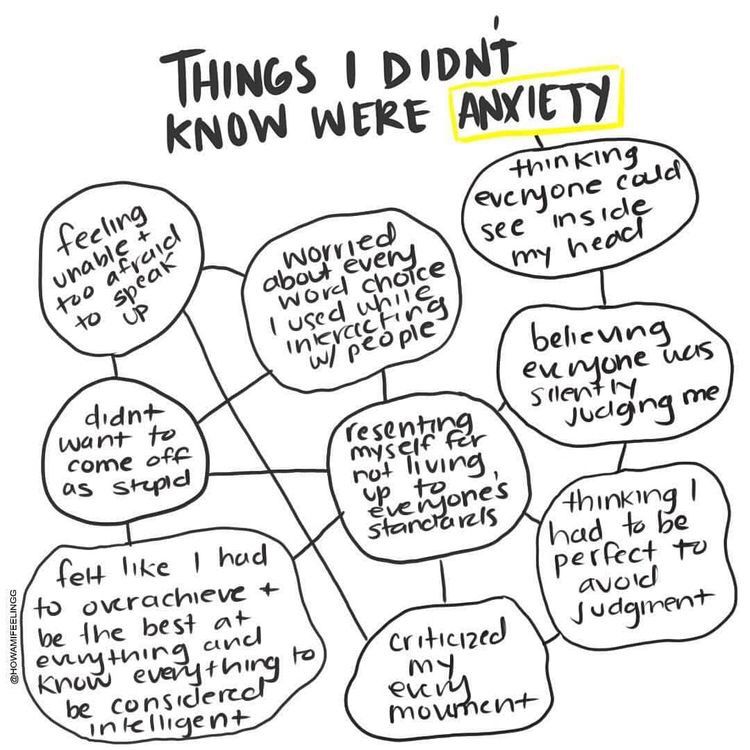 (Until recently, PTSD was viewed as a type of anxiety disorder rather than a separate condition.) Memories can also occur with different types of anxiety. Some research suggests that some people with social anxiety have PTSD-like memories of experiences that, although at first glance, may not seem traumatic. (for example, public ridicule). These people may even avoid being reminded of the experience.
(Until recently, PTSD was viewed as a type of anxiety disorder rather than a separate condition.) Memories can also occur with different types of anxiety. Some research suggests that some people with social anxiety have PTSD-like memories of experiences that, although at first glance, may not seem traumatic. (for example, public ridicule). These people may even avoid being reminded of the experience.
Focusing problems
It is very common for those who live with anxiety to experience impaired performance at work or school can lead to poor outcomes. For some, this disruption can lead to negative opinions about the person and their performance, or even job termination. For others, these symptoms may recur, but still, people with this disorder can easily become distracted or frustrated when trying to complete a task.
Chronic indigestion
Anxiety can start visually, but it often manifests itself in the body through physical symptoms such as chronic digestive problems. Irritable bowel syndrome is a condition characterized by abdominal pain, cramps, bloating, gas, constipation, and diarrhea. This is a restlessness or disturbing condition of the digestive system. Irritable bowel syndrome is not always associated with anxiety, but they often occur together and can make each other worse. The gut is very sensitive to psychological stress, and the discomfort from chronic digestive problems can make a person feel uncomfortable and restless.
Irritable bowel syndrome is a condition characterized by abdominal pain, cramps, bloating, gas, constipation, and diarrhea. This is a restlessness or disturbing condition of the digestive system. Irritable bowel syndrome is not always associated with anxiety, but they often occur together and can make each other worse. The gut is very sensitive to psychological stress, and the discomfort from chronic digestive problems can make a person feel uncomfortable and restless.
Irrational fears
If the fear becomes overwhelming, destructive and out of proportion to the actual risk, it is a sign of a phobia, a type of anxiety disorder. In fact, they may not appear until you are faced with a particular situation and find that you cannot overcome your fear.
Perfectionism
The last and obsessive thinking known as perfectionism goes hand in hand with anxiety disorders. If you constantly judge yourself or think you always make mistakes, then you may have an anxiety disorder.
If you have any of these symptoms, talk to your doctor about what is best for you in your fight against this disorder.
What is a panic attack? | doc.ua
A panic attack is a brief episode of intense anxiety that causes physical sensations of fear, such as rapid heart rate, shortness of breath, or dizziness. Panic attacks occur frequently and unexpectedly and are usually not associated with any external threat. This is a very common ailment that occurs in about 35% of people at least once in a lifetime. Read more about what panic attacks are in the article.
Causes of panic attacks
When the body is faced with immediate danger, the brain tells the autonomic nervous system to activate the fight-or-flight response. The causes of panic attacks are that the body is flooded with a number of chemicals, including adrenaline, which cause physiological changes. For example, heart rate and breathing increase and blood rushes to the muscles to prepare for physical fight or flight.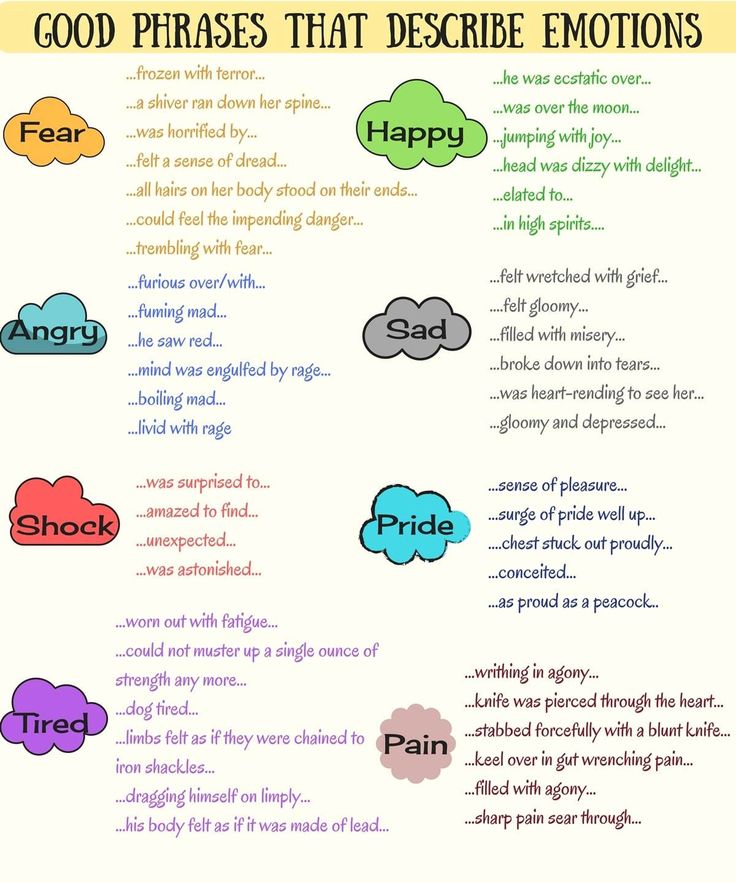
A panic attack is said to occur when the fight-or-flight response is triggered, but there is no danger. A person may experience panic attack symptoms in harmless and apparently stress-free situations, such as watching TV or sleeping.
What triggers a panic attack? Some of the factors that can cause the body to inappropriately activate the fight-or-flight response include:
- chronic (permanent) stress - this causes the body to produce higher than normal levels of stress chemicals such as adrenaline;
- Acute stress, such as experiencing a traumatic event (panic attack after the death of a loved one), can suddenly flood the body with large amounts of stress-inducing chemicals;
- intense exercise - some people may experience a panic attack after sports;
- excessive consumption of caffeine (panic attacks after coffee) - caffeine in coffee, tea and other drinks is a strong stimulant;
- illness, e.g. panic attack after covid;
- sudden change in environment, such as moving into a crowded, hot or stuffy place.
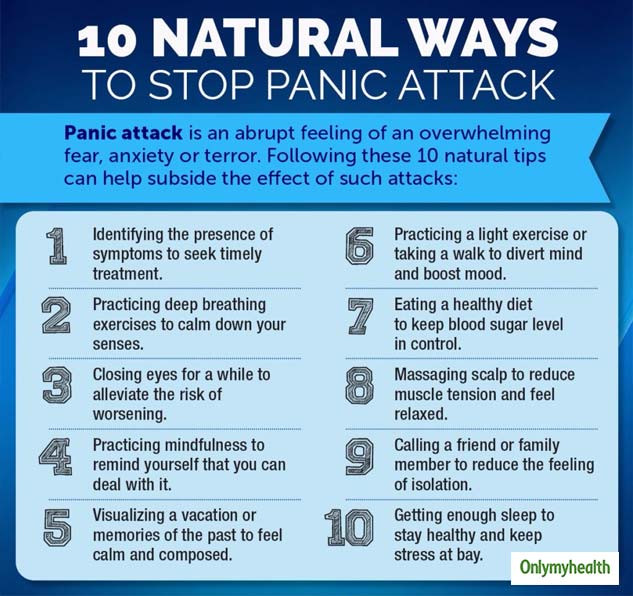
Types of panic attacks
Panic disorders are divided into the following types:
- Spontaneous or unplanned panic attacks occur without warning or out of the blue. No situational or environmental triggers are associated with the attack. These types of panic attacks can even occur during sleep.
- Expected or situational panic attacks are panic attacks that occur when actually or expectedly exposed to certain situations. These situations become signals or triggers for a panic attack. For example, a person who is afraid of enclosed spaces (claustrophobia) might expect panic attacks in elevators or other tight spaces. A person who is afraid of flying (aerophobia) can predictably have a panic attack while boarding an airplane, during takeoff, or at some point during a flight. For example, a person with a fear of enclosed spaces may experience a panic attack upon entering or the thought of entering an elevator.
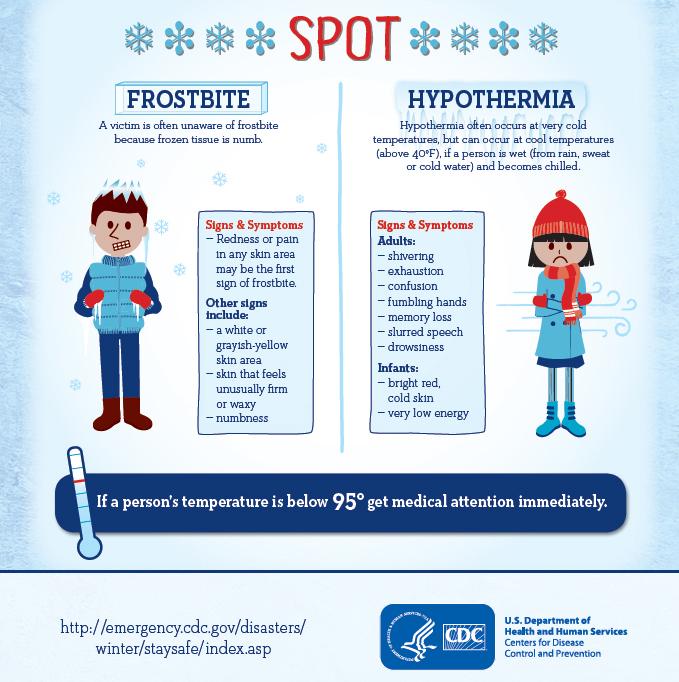
- Conditioned panic attacks is a type of panic attack that occurs due to a chemical or biological trigger of the nervous system, such as a panic attack after alcohol, smoking or drugs. It can also occur with changes in hormonal levels, for example, a panic attack during pregnancy or after childbirth.
Panic Attack Test
We invite you to take a short panic attack test to determine if you have one. Answer “yes”, “no” or “not sure” to the 21 questions below.
- Do you have anxiety or panic attacks?
- Do you have seizures during which you do not feel very anxious, but you feel discomfort from the sudden and rapid development of some physiologically unpleasant symptoms?
- Is there pulsation, strong heartbeat, fast pulse?
- Is there sweating?
- Does it cause chills, tremors, a feeling of internal trembling?
- Is there a feeling of shortness of breath, shortness of breath?
- Is there pain or discomfort in the left side of the chest?
- Is there nausea or discomfort in the abdomen?
- Is there dizziness, unsteadiness, or pre-syncope at such times?
- Does everything around you feel strange, unreal, foggy, or detached?
- Is there a fear of going crazy or acting out of control?
- Is there a feeling of numbness or tingling in the arms or legs?
- Does it feel like waves of heat or cold are passing through the body?
- Are these symptoms accompanied by fear of death (thoughts of death or a sense of imminent death)?
- Do these attacks last an average of 15 to 30 minutes (or longer)?
- Is it common for you to experience states of general weakness and weakness after such attacks?
- Do you have a sensation of a lump in your throat at such moments?
- Do they cause you a feeling of constant anxiety and fear associated with the expectation of their repetition?
- Do they cause anxiety about possible complications of seizures or their consequences (fear of losing control of oneself, fear of serious illness)?
- Do these attacks cause significant changes in your daily behavior (for example, making you less likely to go out, visit places, etc.
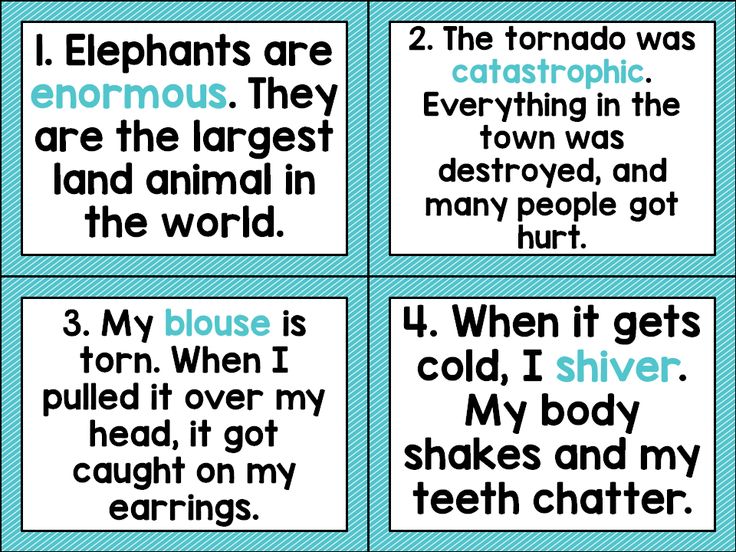 )?
)? - Are these conditions associated with certain "threatening" situations (eg, transportation, large crowds, etc.)?
Count the number of yes answers. If you got 10 or more “yes” answers, then most likely you are prone to developing panic attacks.
Important! This test does not provide an accurate assessment or diagnosis of a possible disorder. If you get a positive result, seek help from a psychotherapist.
Symptoms of panic attacks
- anxious and irrational thinking;
- strong feeling of fear, premonition of danger;
- fear of going crazy, losing control or dying;
- dizziness, presyncope or syncope;
- tingling and chilliness, especially in arms and hands;
- trembling or shaking;
- shortness of breath or tightness in the throat;
- chills;
- sweating;
- hot flashes;
- palpitations;
- chest tightness;
- shortness of breath, including shortness of breath;
- nausea or upset stomach;
- abdominal cramps;
- dry mouth;
- a feeling of unreality and isolation from the outside world.

Symptoms of a panic attack
How do the symptoms of a panic attack appear? The main signs of a panic attack in humans:
- Inability to concentrate.
- Inability to relax.
- Constant expectation of danger.
- Absentmindedness.
- Constant state of irritability.
- Feeling of tension.
How to tell a panic attack from a stroke
Panic attack or stroke? Although they share a number of similarities, the two conditions result from very different disease processes. Panic attacks occur when stress hormones trigger the body's "fight or flight" response, often resulting in a racing heart, chest pain, and shortness of breath. In the event of a heart attack, blockage of a coronary artery can lead to the same symptoms. Chest pain, heart palpitations, and shortness of breath can occur when not enough blood reaches the heart muscle.
One of the key differences between the two is that a heart attack often develops during exercise, while a panic attack can occur at rest.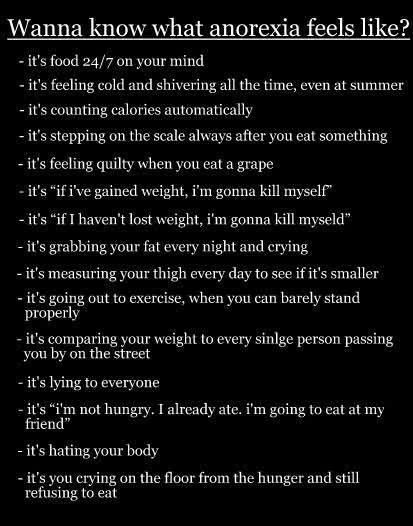 Both panic attacks and strokes can occur fairly quickly, but strokes are almost always instantaneous, while a panic attack usually peaks in about 10 minutes and then slowly subsides.
Both panic attacks and strokes can occur fairly quickly, but strokes are almost always instantaneous, while a panic attack usually peaks in about 10 minutes and then slowly subsides.
How to distinguish between hypertension and panic attacks
How to distinguish between a hypertensive crisis and a panic attack? A panic attack can lead to high blood pressure. Hypertension or panic attack? A panic attack causes many physical symptoms, including an increased heart rate and shallow breathing, which can cause a temporary increase in blood pressure to be confused with hypertension. However, despite all the similar symptoms, panic attacks do not cause long-term high blood pressure (hypertension). Episodes of anxiety can only cause sudden temporary spikes in blood pressure.
How to deal with a panic attack
Panic attacks can be frightening and can overwhelm you quickly. Here are strategies you can use to try to stop or deal with panic attacks. Some may help you in the moment, while others may help you in the long run.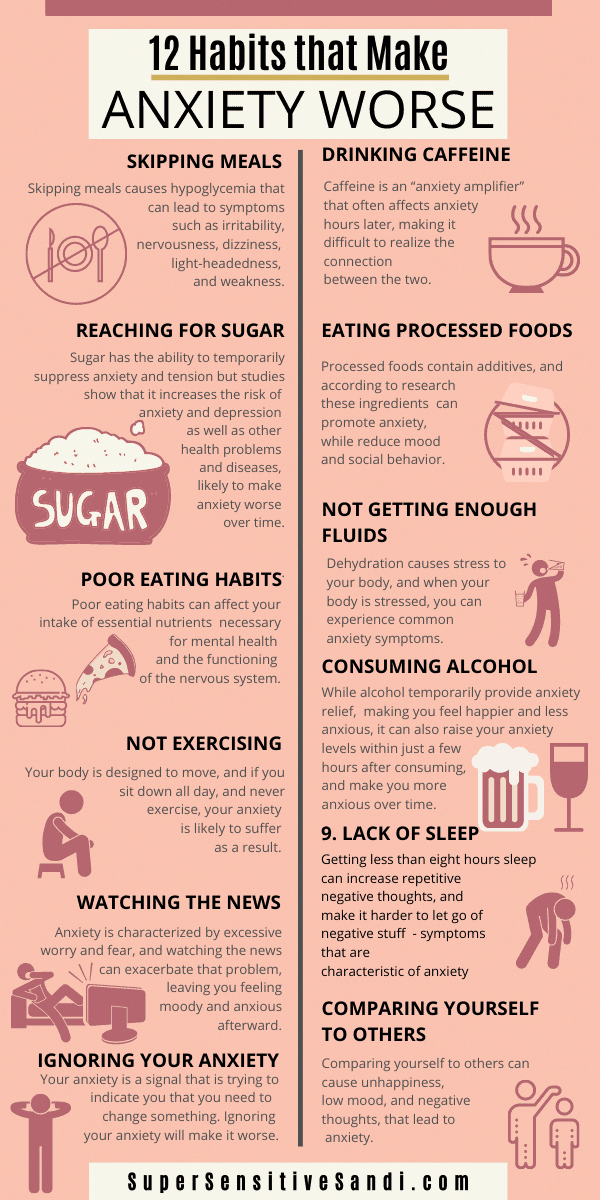
How to deal with a panic attack - on your own
- Remember that this will pass. During a panic attack, remember that these feelings will pass and will not cause physical harm, no matter how scary they may seem at the time. Panic attacks usually reach their peak within 10 minutes of onset, and then the symptoms begin to subside.
- Breathe deeply. Try to breathe slowly and deeply, concentrating on each breath.
- Find a quiet place. How to help yourself with a panic attack? Sights and sounds can often intensify a panic attack. If possible, try to find a quieter place. This could mean leaving a busy room or moving to lean against a nearby wall.
- Focus on the object. How to quickly stop a panic attack? When you are overwhelmed with disturbing thoughts, feelings, or memories, focusing on something physical in your environment can help you feel grounded.
- Go for a walk or light exercise.
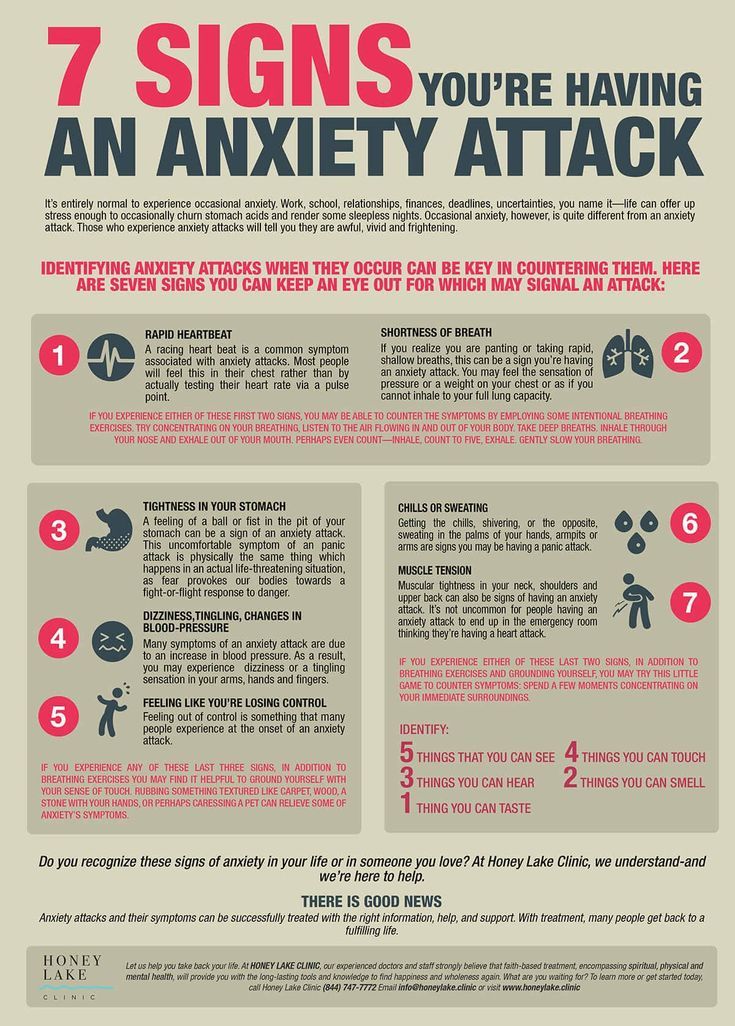 How to deal with panic attacks on your own? Walking can take you out of a stressful environment, and walking rhythm can also help regulate your breathing.
How to deal with panic attacks on your own? Walking can take you out of a stressful environment, and walking rhythm can also help regulate your breathing. - Learn your triggers. I have panic attacks, what should I do? A person's panic attacks can often be caused by the same things, such as an enclosed space or a crowd. By learning to manage or avoid your triggers, you can reduce the frequency and intensity of your panic attacks.
- Keep lavender handy. How to quickly relieve a panic attack? Lavender is a traditional remedy that many people use for stress relief and relaxation.
Panic Attack Meditations
Meditation is an effective way to deal with panic attacks when you're in the middle of one, or as a way to reduce your stress levels and make them less likely. Here are some of the most common meditation techniques for panic attacks:
Breathing meditation
Mindful breathing
Lie down and put your hands on your chest.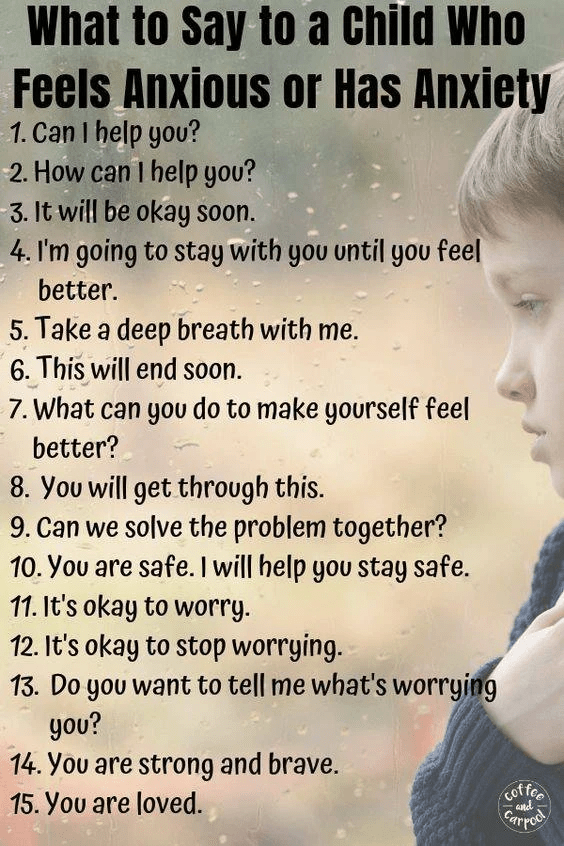 Never try to control your breathing. Just notice how your breath rises and falls on your palms.
Never try to control your breathing. Just notice how your breath rises and falls on your palms.
Lengthen your exhalations
Inhale as deeply as you can, but concentrate on exhaling, saying "O" with your mouth, and then exhaling as much as you can.
Square breath
Inhale for four seconds, hold your breath for four seconds, exhale for four seconds, and then hold your breath for another four seconds.
Abdominal breathing
Lie or sit in a comfortable position. Place your hand on your stomach and inhale deeply until your stomach expands with your breath. Then exhale from the lower abdomen, all the way out of the mouth until your breath is released.
Mantra meditation
Another meditation technique for panic attacks is the “mantra”. A mantra is a word, phrase or sound that helps focus and gives strength. Repeating a mantra internally can help a person come out of a panic attack.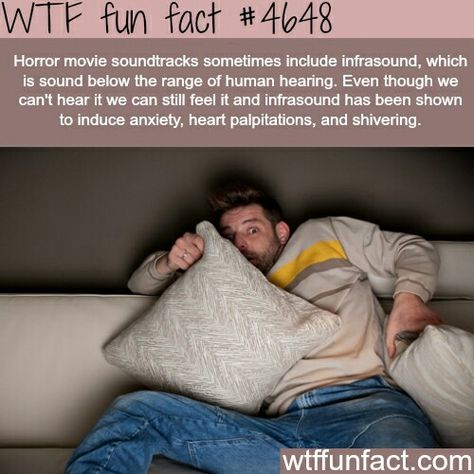 The mantra should be a simple positive statement, such as "This will pass now" or "This is just my anxiety saying - I know I'll be fine soon." Repeating positive affirmations to yourself or out loud can help interrupt the flow of negative thoughts you are experiencing and reduce anxiety.
The mantra should be a simple positive statement, such as "This will pass now" or "This is just my anxiety saying - I know I'll be fine soon." Repeating positive affirmations to yourself or out loud can help interrupt the flow of negative thoughts you are experiencing and reduce anxiety.
Panic Attack Exercises
Method 4-7-8
People can also try breathing exercises for panic attacks - 4-7-8 breathing or "relaxation breathing". With this technique, the person inhales for 4 seconds, holds the breath for 7 seconds, then exhales slowly for 8 seconds.
Method 5-4-3-2-1
Panic attacks can make a person feel disconnected from reality. This is due to the fact that the intensity of anxiety can prevail over other feelings. Panic attack exercises include the 5-4-3-2-1 method, which is a type of grounding technique and a type of mindfulness. This helps to divert the attention of the person from the sources of stress.
To use this method, the person must slowly and carefully perform each of the following steps:
- Look at 5 separate objects.
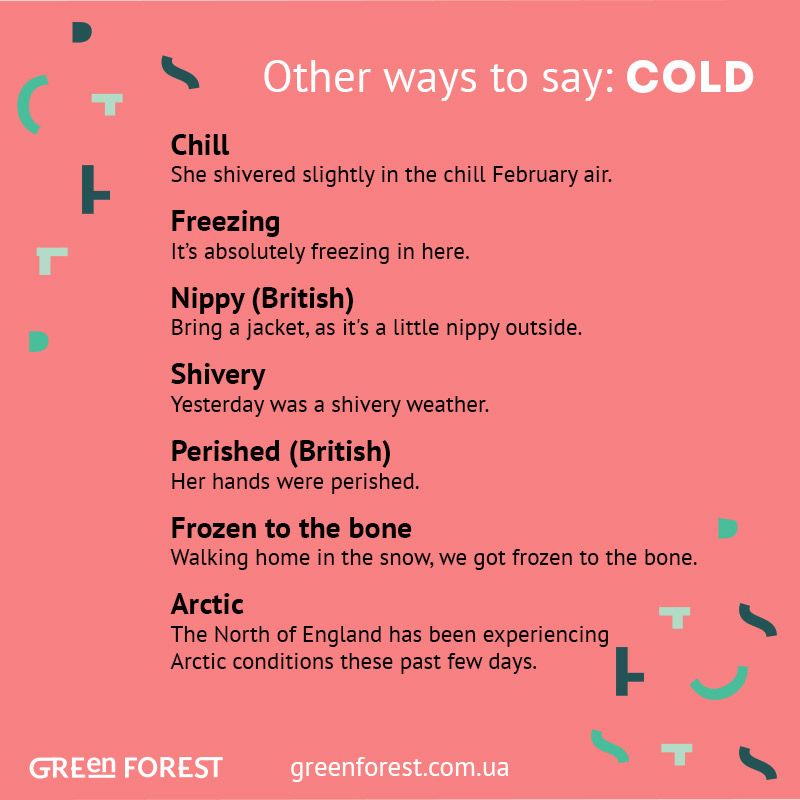 Think about each for a moment.
Think about each for a moment. - Listen to 4 different sounds. Think about where they come from and what makes them different.
- Touch 3 items. Think about their texture, temperature, and how to use them.
- Identify 2 different odors. It could be the smell of coffee, soap, or laundry detergent on your clothes.
- Name 1 thing you can try. Notice how it tastes in your mouth, or try tasting the candy.
Muscle relaxation method
Another symptom of panic attacks is muscle tension. Practicing muscle relaxation can help limit an attack. This is because if the mind feels like the body is relaxing, other symptoms such as rapid breathing may also decrease.
A technique called progressive muscle relaxation is a popular method for dealing with anxiety and panic attacks. This involves tensing and then relaxing the various muscles in turn. Performing an exercise for a panic attack:
- hold the voltage for 5 seconds;
- say "relax" by relaxing the muscle;
- allow the muscle to relax for 10 seconds before moving on to the next muscle.
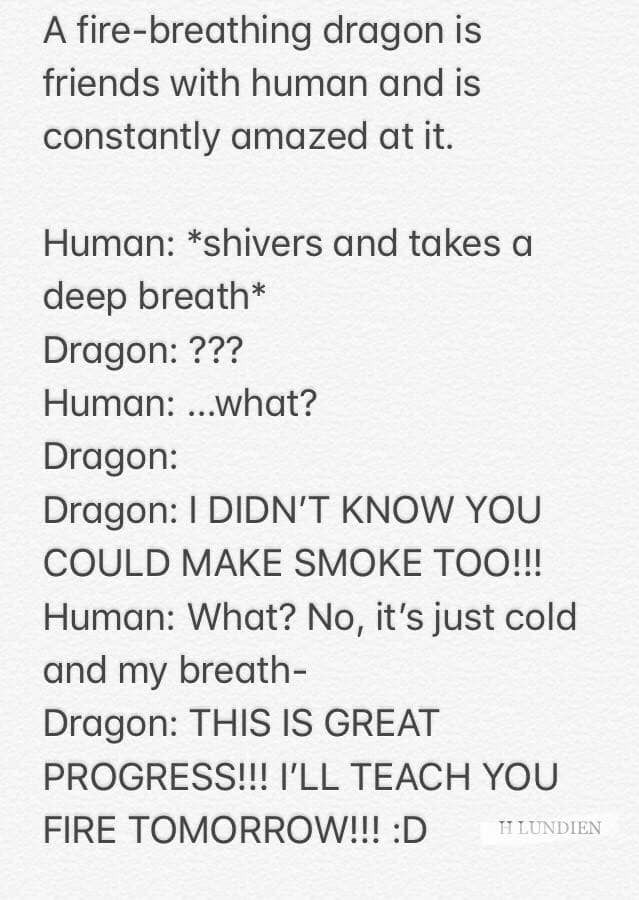
How to help someone with a panic attack
What to do if another person has a panic attack? If you are in a situation where someone has a panic attack in your presence, here are a few ways you can help:
- Remain calm. Even if you yourself are a little afraid, remain calm and try to calm the other person: reassure him that you will not leave; remind him that the attack won't last long; say the person is safe.
- Ask how you can help. What to do with a person with a panic attack? Most people who experience panic attacks or live with other types of anxiety have their own methods of dealing with them. When offering support, keep in mind that your loved one knows best what will help them the most.
- Study the warning signs. If you haven't already, take the time to become familiar with how people behave during a panic attack. Not everyone experiences panic attacks in the same way, so it's best to ask what signs your loved one tends to experience.
 The sooner you understand what's going on, the sooner you can help.
The sooner you understand what's going on, the sooner you can help. - Make your words more effective. Instead of phrases like “don't worry” or constant questions like “are you okay”, say more specific phrases. Ask if the person would like to leave the room and go somewhere else; remind him to keep breathing; engage him in light conversation if he says he doesn't want to talk.
Panic attack at night
What should I do if I have a panic attack at night? Try doing something relaxing to switch your focus, like meditating, listening to soothing music, reading a book, or even doing housework like ironing. Panic attack at night, how to calm down? Return to bed only when you feel tired again and are ready to sleep.
How to get rid of panic attacks
How to get rid of panic attacks? There are two main methods of getting rid of panic attacks: psychotherapy (without pills), drug therapy, and a combination of both. Which Doctor Treats Panic Attacks? Depending on the severity of the disease, the psychotherapist selects the appropriate treatment.
Panic attack treatment
How are panic attacks treated? Treatment of panic attacks in Kyiv involves the use of the most popular method in psychotherapy - cognitive behavioral therapy.
- Cognitive behavioral therapy (CBT). CBT teaches different ways of thinking, behaving, and responding to feelings during or before a panic attack. Attacks can become less frequent if you learn to respond differently to the physical feelings of anxiety and fear during a panic attack.
- Exposure therapy is a common cognitive behavioral therapy that focuses on confronting the fears and beliefs associated with panic disorder to help you engage in activities you have been avoiding. Exposure therapy is sometimes used in conjunction with relaxation exercises.
Medicines for panic attacks
Medicines may be useful in the treatment of panic disorder and panic attacks, especially when combined with psychotherapy. If you are experiencing symptoms of anxiety or panic, talk to your healthcare provider about medications that may be right for you.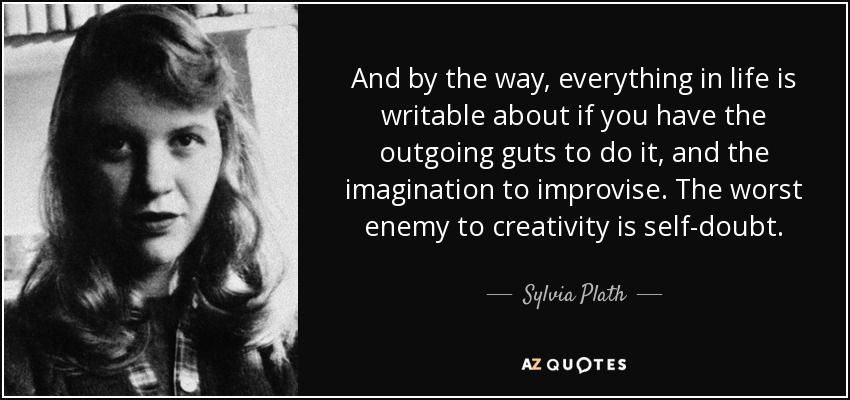 Various types of medications for panic attacks can be effective, including:
Various types of medications for panic attacks can be effective, including:
- Antidepressants such as selective serotonin reuptake inhibitors (SSRIs) and serotonin-norepinephrine reuptake inhibitors (SNRIs).
- Beta blockers.
- Anti-anxiety drugs such as benzodiazepines.
What to drink for panic attacks? You can also drink a sedative to quickly help with a panic attack. However, it is important to remember that it will not eliminate the root cause of the disease, but only temporarily relieve its symptoms. Top medicines for panic attacks include:
- corvalol for panic attacks;
- glycine for panic attacks;
- bifren for panic attacks;
- quetixol for panic attacks;
- Novo-Passit, Persen, Valemedin.
Attention! Before using any of the above drugs, you should consult your doctor.
Sequelae of panic attacks
Left untreated, panic attacks and panic disorder can affect almost every area of your life.

